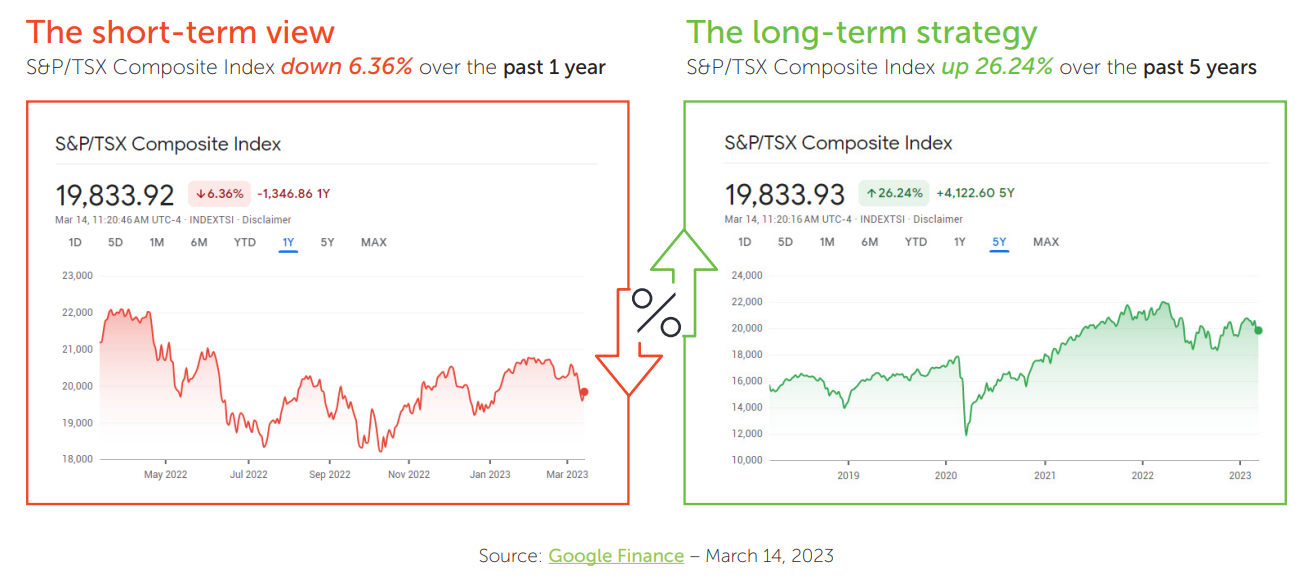In 2019, the government commenced a two-part enhancement to the Canada Pension Plan (CPP), with full implementation to be completed in 2025. Phase 1 occurred from 2019-2023; phase 2 will occur from 2024-2025. Overall, the changes will require larger contributions but also will provide larger benefits.
Pre-CPP enhancement
CPP contributions for employees and employers under the pre-enhancement CPP model (referred to as base contributions) were calculated as 4.95% of the employee’s pensionable earnings to a maximum of the year’s maximum pensionable earnings (YMPE; for 2023, $66,600), less the $3,500 basic exemption.
Phase 1
Referred to as the first enhanced CPP contributions, these are calculated as a percentage of the YMPE, less the $3,500 basic exemption, with the contribution rate for employees and employers gradually increasing from 4.95% in 2019 until it reached 5.95% in 2023.
Phase 2
Referred to as second enhanced CPP contributions, the contribution rate for employees and employers will be 4% but will only be applied to earnings above YMPE up to the yearly additional maximum pensionable earnings (YAMPE) ceiling. For 2024, YAMPE will be set at a number 7% higher than YMPE, estimated at $72,400. For subsequent years, YAMPE will be 14% higher, estimated at $79,400 for 2025.
The rates discussed above apply separately to both the employer and employee. Where the individual is self-employed, they are responsible for both the employer and employee contributions.
The payout
The enhanced portion of CPP payouts will only be available to those who contributed since the enhancements were introduced in 2019. Employees that have fully participated under the enhanced contribution regime for sufficient years will receive maximum retirement benefits set at 33% of pensionable earnings, whereas benefits under the pre-enhancement regime would be 25%.
ACTION ITEM: Employers, employees, and self-employed individuals should all be aware that the costs of the CPP will continue to increase as the changes are fully phased in. Individuals should be aware that their take-home pay may be reduced, and employers should budget for these higher costs.








